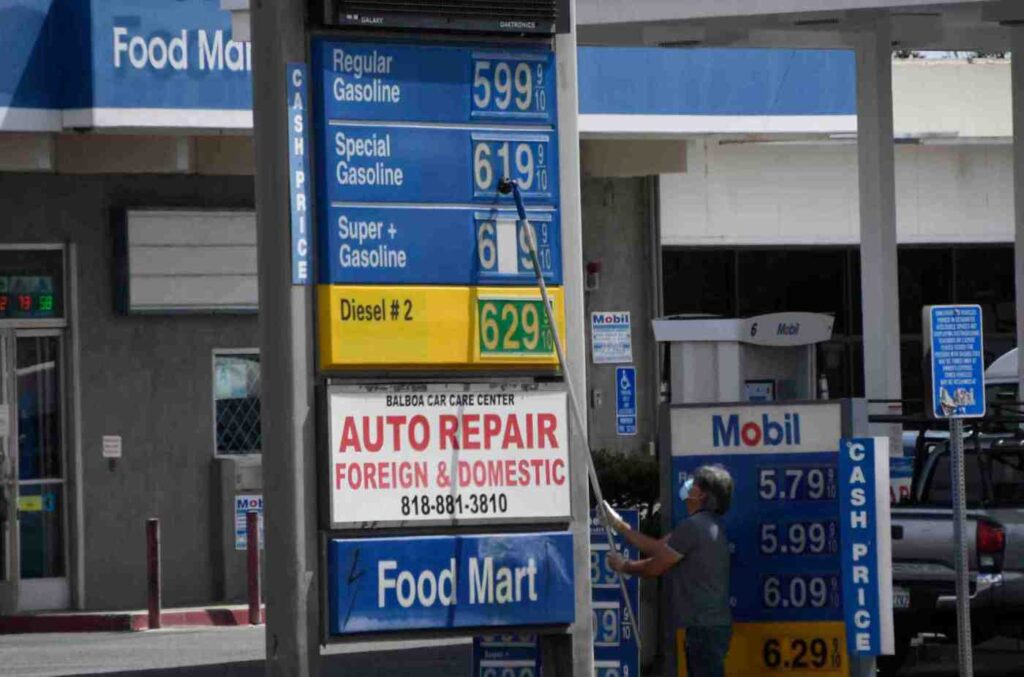
Q. Dear Honk: I have been wondering about this for years: Why do gas stations with the same brand, located close together, have different prices for their gas? We have several Arcos, for instance, in Torrance, Gardena and Lawndale, and they all have different prices. Some of them are only a few blocks apart. Drives me crazy to fill up and drive five blocks and find gas 10 to 15 cents cheaper. And, yes, I understand the different pricing for different brands.
— Dave Kingsley, Torrance
A. There are branding agreements with gas producers that spell out requirements. They could include the station must sell only that brand, that it is freshly painted and/or meets certain guidelines concerning the employees or environmental protections, said Sam Bayless, director of policy for the California Fuels & Convenience Alliance, which represents gas station owners and others in the industry.
But the price of petrol is usually left to the proprietor of the gas station, typically not owned by the company whose big-brand name is out front on the signs.
“The majority (of stations) are owned by someone who owns one or two stations,” Bayless said. “You’re free to sell it for a $100 a gallon, but you won’t sell at lot of it.”
(Folks, he was just making a point – he wasn’t saying we are headed there, even though it sure seems like it, eh?)
Overhead, competition, location, supply and demand and how much the station paid for that round of gas can come into play. Maybe a station has gas left over from last week’s purchase that was much cheaper than this week’s. The owner can choose to dive lower than the competition — or not.
Q. When is the California Highway Patrol’s truck scale on the eastbound 91 Freeway going to be operational? More Sacramento bureaucracy.
— Andy O’Connor, Lake Forest
A. Back in October, Sgt. Kenny Hagerman, who oversees operations at the two weigh stations there in Anaheim Hills for the California Highway Patrol, told Honk he was hoping that the eastbound one would open up by Dec. 1.
In 2021, not 2022.
Both facilities were sagging with age, so they were torn down and re-built.
Caltrans, which is responsible for handing the completed weigh stations over to the CHP, has had problems re-opening the eastbound station, which closed in February 2020. Meanwhile the westbound weigh station, which closed in late 2018, re-opened this past June.
Hagerman said back in October the primary holdup on the eastbound side was a sign that directs truckers into the scale area. The original company that was to manufacture it was a victim of the pandemic, and a different company stepped in to make it. Also, the mounting for the sign apparently rusted and needed to be taken care of.
Weigh stations ensure trucks aren’t carrying too much, potentially damaging highways, and also provide a place where big rigs can be randomly inspected to ensure such things as the brakes are in good shape to protect the drivers and the other motorists on the road.
Sgt. Hagerman checks each Monday on any progress. This week, he told Honk: “I received a return email from Caltrans this afternoon advising the contractor was still waiting to have the sign brought to the work site location for installation, due to slow shipping issues!”
Besides the sign’s installation, some inspections will also have to be completed.
“If all inspections are approved, then Caltrans expects to hand the weigh station over to the CHP in three to four months,” said Nathan Abler, a Caltrans spokesman.
To ask Honk questions, reach him at honk@ocregister.com. He only answers those that are published. To see Honk online: ocregister.com/tag/honk. Twitter: @OCRegisterHonk
